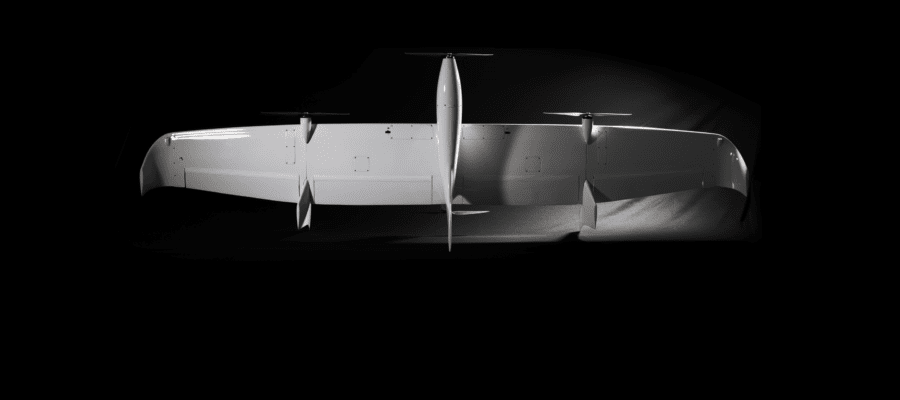Save months of production time by 3D printing your sacrificial tooling
With traditional methods, sacrificial tooling is produced as part of a multi-step process which can result in time-consuming and expensive production cycles. Composite materials have become increasingly important for manufacturing applications they are able to deliver high performance without the weight associated with metal materials.
“Stratasys additive manufacturing solutions represent a rel game changer because they are allowing us to save time and cost within our composite part production process, without compromising part quality or performance.” Rick Heise – Swift Engineering
Based in California, Swift Engineering Inc. works on the cutting edge when it involves composite materials. Using 3D printing technology, they have been developing next-generation composite parts for their work in industries such as automotive, aerospace, and defense sectors. Swift Engineering has adopted additive manufacturing for their sacrificial tooling applications that require complex composite parts.
Changing the Game for Tooling
The Swift team uses FDM 3D printing systems like the Fortus series for prototyping and even final production parts. The engineers have been able to eliminate time-consuming, multi-piece bonded assemblies traditionally associated with trapped tooling approaches and reduce lead times for tool production by up to 90%. This is where additive manufacturing proves invaluable in the composite manufacturing process. With 3D printing, parts can take just days to produce and even some in less than 24 hours where traditional processes took anywhere from four weeks to months. These time savings not only permit Swift Engineering to meet increasing demands but also allow a greater design freedom and product iteration cycles that result in innovative part performance and functionality.
Improved Performance & Delivery
Kerry Dang, manufacturing manager at Swift Engineering says that key applications such as brake ducts, hood scoops, leading edges and bell housings benefit immensely from 3D printing. He states, “These are hollow parts with complex geometries that need to be sealed . . . as an example, the air duct was manufactured using the Stratasys additive manufacturing sacrificial tool procedure. We were able to remove the tool easily without leaving seams inside of the part because the complex tool is built in one piece and requires less post-production work.”
With additive manufacturing proving to be a reliable method for sacrificial tooling, Swift Engineering retains satisfied customers who get access to innovative composite parts faster and more efficiently.
